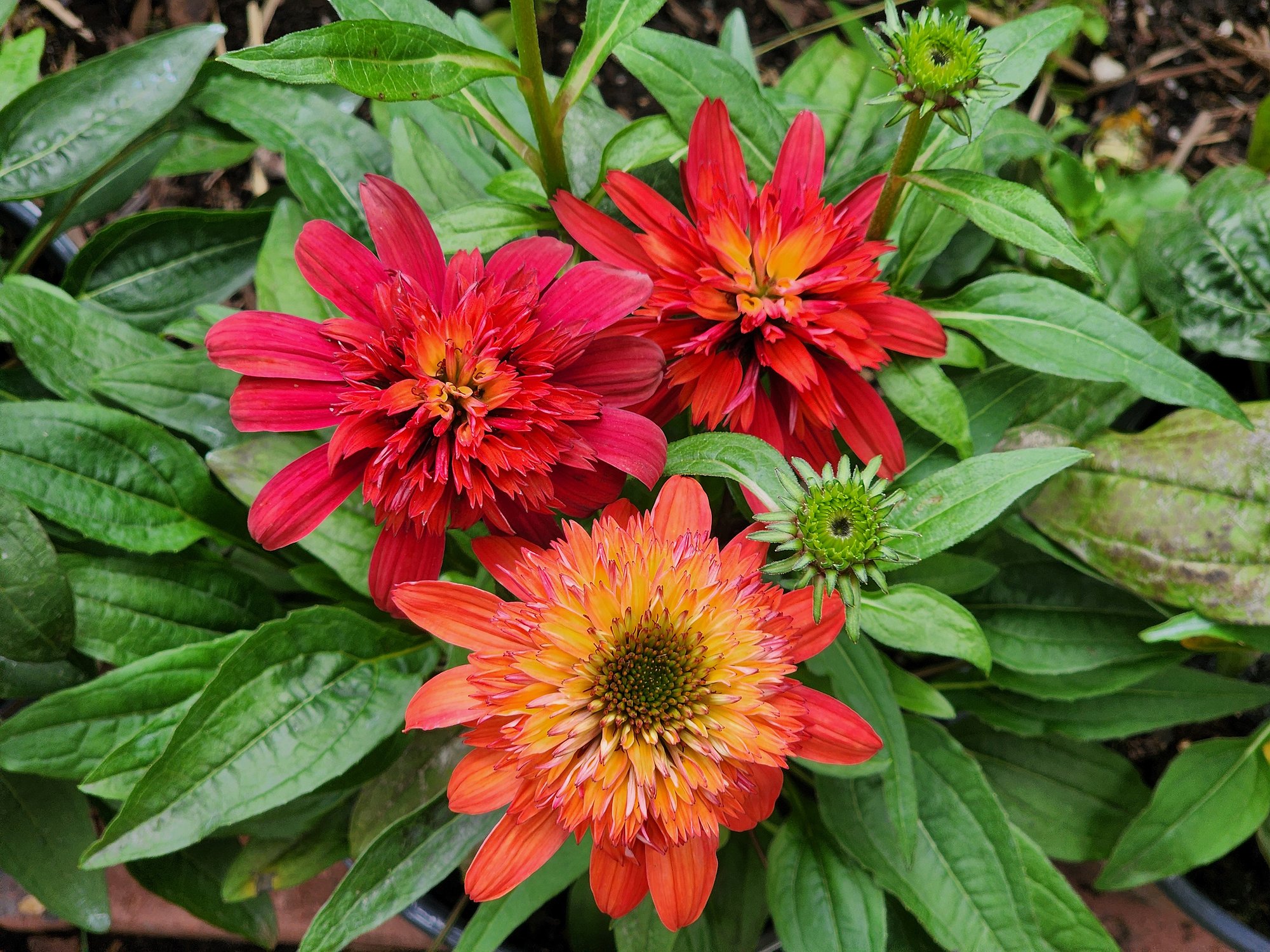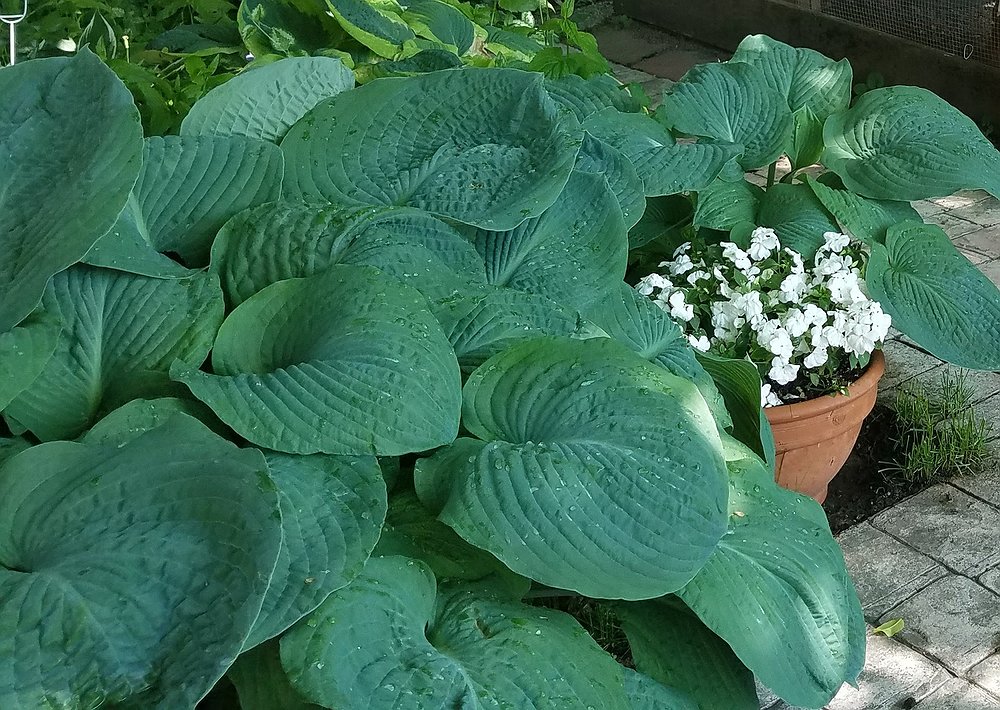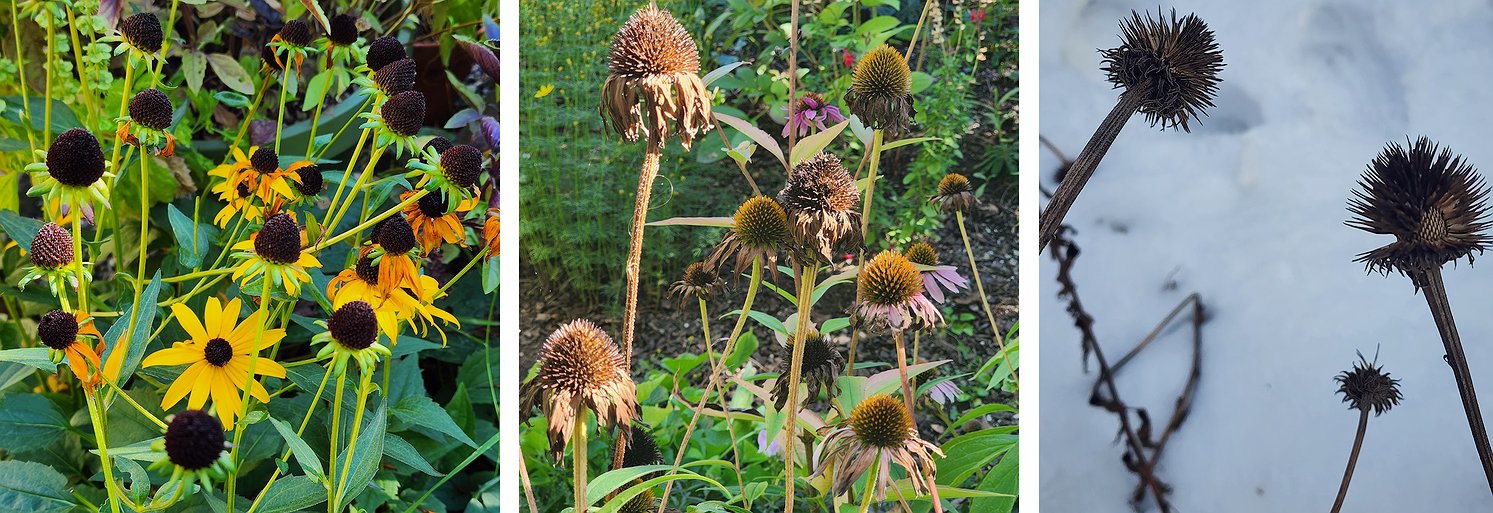Fall is the new spring for planting
Fall is one of my favorite times in the garden. With cooler temperatures prevailing, the garden seems to come alive again.
Did you know that fall is also an excellent time for planting — especially perennials, trees and shrubs? While spring gets most of the gardening glory and much planting occurs, fall outshines when planting perennials (plants that grow back each year).
Why plant in the fall?
Fall planting reduces plant stress, allowing plants to become quickly established without the heat of summer or the unpredictability of spring. The soil is also warmer in the early fall than in the late spring.
Fall also brings more rainfall, ensuring new plantings receive sufficient water. There is less competition for nutrients, water and light for fall plantings, as many weeds go dormant or die off in the fall.
The most significant benefit of fall planting is strong root growth. In the fall, many plants are finished blooming or producing seeds. Therefore, plant energy is directed to developing solid roots, leading to more resilient spring plants. Perennials planted in the fall have a head start compared to those grown in the spring.
To get your plants off to a good start, I recommend removing blossoms or buds to allow more energy for root development. Give the plants consistent water throughout the fall and hold off on fertilizing until spring. Top dress the new plantings with compost and mulch to prevent winter freeze heaving.
How to fill your garden with perennials
One way to add to your perennial garden bed is to scope out plant sales. Many garden centers and nurseries are currently looking at their calendars and know they must move out perennial plants or risk overwintering them. The result: plant sales! You can find perennial flowers for up to 50% off, and many trees and shrubs are also on sale.
If you have an established perennial bed (or know a friend who does), digging and dividing perennials in the fall is a great way to add more plants to your garden, save money and, most importantly, keep your plants healthy and thriving.
While perennials come back year after year, they can become less vigorous and produce smaller blooms after a few years in the garden. Some may develop a bald spot in the center of their crown or become leggy and need staking to keep stems from falling over. All these are signs that your plants are ready to be divided.
When split or divided into multiple plants, the plants perform better, as the roots have more space to grow and absorb nutrients. Dividing can also help manage plant size (especially useful on ‘Sum and Substance’ hostas!). Of course, you’ll also have more plants to add to your garden or pot and share with friends!
How to divide perennials
Before picking up the spade, consider a few things to give your divided plants the best shot at thriving. The first is timing. Plants divided in the fall need four to six weeks for roots to become established before the ground freezes.
Second, as with any transplanting, it’s best to divide perennials on an overcast day — sunny days may cause the plant roots to dry out.
Third, if the soil is dry, thoroughly water the plants for a few days before dividing. They should be well-hydrated before dividing.
Use a spade or garden fork to dig up the plant. Shake off excess soil and gently separate the plant into smaller clumps by pulling or teasing the root ball apart or cutting it into pieces with a sharp spade or knife.
Each new clump should have three to five vigorous shoots and many roots — replant or pot up in containers immediately after dividing.
Perennial flowers and plants suitable for fall dividing include Coneflowers, Asters, Black Eyed Susans, Hostas, Peony, Astilbe, Coral bells, and Shasta Daisy. For a list of what perennials can be divided and how often, see: https://thecoeurdalenecoop.com/how-often-to-divide-perennials-winter-care/
Fall sowing for spring flowers
Another economical way to expand your perennial garden is to sow them from seed in the fall — yes, in the fall! The seeds of many flowering perennials, like Coneflowers, Black-Eyed Susans, and Goldenrods, require a period of cold temperatures for germination, known as cold stratification.
In nature, these plants self-sow their seeds in late summer or fall. Once spring rolls around, the seeds will be ready to germinate since they have gone through the cold stratification process over winter.
Sowing perennial seeds that require stratification in late fall, after the first killing frost, will ensure they remain dormant throughout the winter and receive the chill factor they need. Once the temperatures warm in spring, they’ll be ready to germinate.
Fall is a beautiful time to plant perennials and prepare your garden for the seasons ahead. With cooler weather, ample rainfall, and the chance to focus on root growth, your plants will settle in beautifully before winter. Whether dividing existing perennials, sowing seeds or taking advantage of seasonal sales, you'll set the stage for a vibrant, healthy garden come spring. So embrace the fall season and get planting!
• • •
Candace Godwin is a certified Idaho Master Gardener, Garden Consultant, and owner of The Coeur d’Alene Coop (thecoeurdalenecoop.com), which offers seasonal plant sales and articles on gardening and raising backyard chickens.















